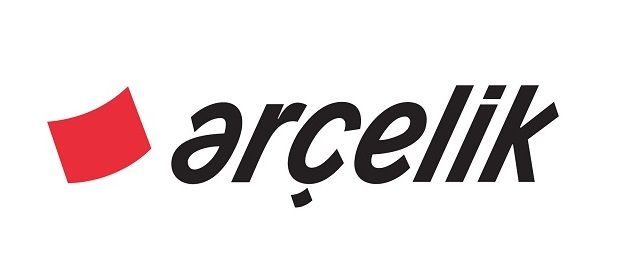
The Role of Fonts & Logos in Representing the Turkish Language
Fonts play a crucial role in accurately representing written languages, and the Turkish language is no exception. Turkish, a widely spoken Turkic language, has a rich history and unique characters that require specific fonts for accurate representation.
The Turkish Latin Alphabet
The Turkish language utilizes the Latin alphabet, also known as the Turkish Latin alphabet. This alphabet consists of 29 letters, including 21 consonants and 8 vowels. Each letter in the Turkish alphabet represents a distinct sound, making it largely phonetic.
Specific Characteristics and Diacritical Marks
Fonts designed for the Turkish language need to consider specific characteristics and diacritical marks used in the language. For instance, the "ı" or "ı-dottedless" is the "i" without a dot and represents a separate vowel sound.
Fonts for Turkish often include a unique glyph to differentiate it from the standard dotted "i." The "ş" character, representing the "sh" sound, also requires proper representation for readability and accuracy.
Diacritical Marks
Diacritical marks such as the "ğ" (soft g) and "ü" (u with an umlaut) are crucial in distinguishing certain sounds in Turkish. These marks should be appropriately placed and sized within the font to ensure accurate representation.
Legibility and Readability
Legibility and readability are essential aspects of Turkish fonts. Considerations such as letter spacing, kerning, and line height should be taken into account to ensure clarity, especially in small sizes or when used in extensive bodies of text.
Range of Typeface Options
A variety of typefaces cater specifically to the Turkish language, offering styles ranging from traditional to modern. Some fonts even draw inspiration from calligraphy, which holds deep roots in Turkish culture.
Availability and Platforms
With advancements in digital technology, Turkish fonts are widely available for use across different platforms, including word processors, graphic design software, and websites. Users have access to a diverse selection of fonts, enabling them to choose the most suitable style for their specific needs.
To effectively represent the Turkish language, fonts must consider the unique characters and diacritical marks used in the Turkish alphabet. Legibility, readability, and accuracy should be prioritized in the design of Turkish fonts.
With a wide variety of Turkish fonts available today, users have ample options to accurately and expressively represent the written Turkish language in various contexts.
Turkish Logo Design
Turkish logo designs often incorporate various elements that reflect the country's culture, history, and identity. Here are a few examples of notable Turkish logo designs.
Turkish Airlines: The Turkish Airlines logo features a prominent red tulip, which is a symbol of Turkey. The tulip is stylized to resemble wings, representing the airline's commitment to travel and exploration. The logo also incorporates a modern and sleek typeface, reflecting the airline's professionalism and contemporary image.
Türk Telekom: The Türk Telekom logo showcases a bold and dynamic design. It combines the Turkish flag's colours (red and white) with the stylized letter "T." The angular lines and sharp corners in the design convey strength, reliability, and technological advancement.

Turkcell: The Turkcell logo incorporates the wordmark "Turkcell" in a clean and modern typeface. The letters "u" and "c" are interconnected, forming a circular shape that represents unity, connectivity, and the company's focus on communication technology.
Koç Holding: Koç Holding is one of the largest conglomerates in Turkey. Its logo features the letter "K" in a distinctive and elegant font. The design is simple yet refined, representing the company's reputation for professionalism, diversity, and excellence across various industries.
Arçelik: Arçelik, a leading Turkish home appliance manufacturer, has a logo that combines the brand name with a symbol resembling a stylized flame. The flame signifies innovation, energy, and the company's commitment to providing cutting-edge products for consumers' daily lives.

These are just a few examples of Turkish logo designs that incorporate unique visual elements and typography to represent the company's values, identity, and connection to Turkish culture. Each logo aims to create a visual identity that is distinctive, memorable, and reflective of the brand's positioning.














